Max Planck researchers have developed self-propelled tiny ‘microbots’ that can remove lead or organic pollutions from contaminated water.
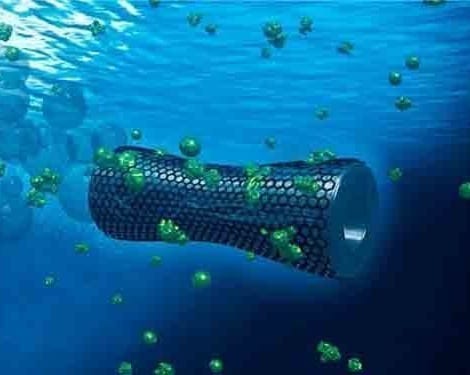

Max Planck researchers have developed self-propelled tiny ‘microbots’ that can remove lead or organic pollutions from contaminated water.
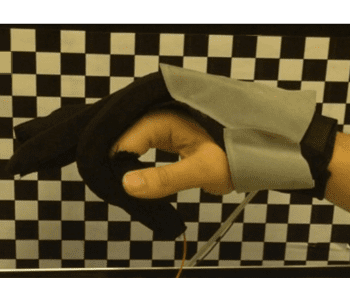
Researchers in Singapore have developed a strain-sensing actuator for rehabilitation and diagnostic devices for patient mobility and dexterity.
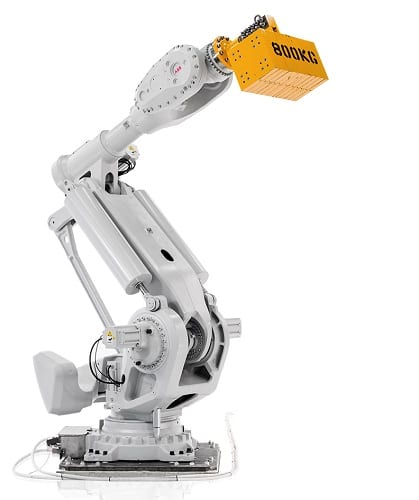
ABB introduced its highest payload, multipurpose industrial robot, IRB 8700.
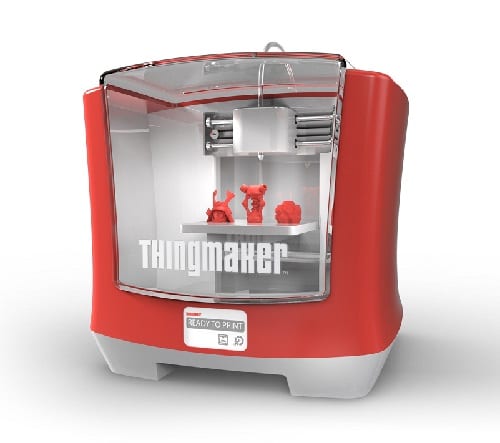
Mattel is introducing a 3D printing system of mobile app plus printer to produce toys.
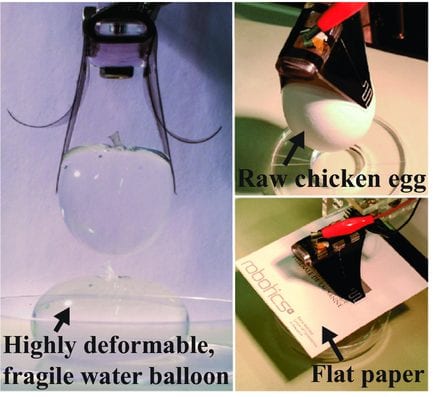
Swiss researchers have used polymer actuators to create a two-fingered robotic gripper that can pick up objects of arbitrary shape, weight or deformability.
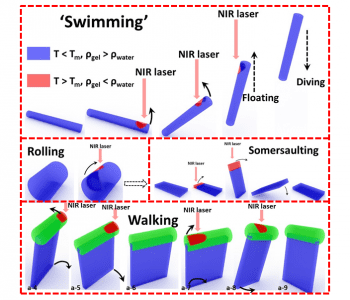
Underwater actuator devices with a range of motion, including swimming and walking, are demonstrated via laser-control of density of composite hydrogels.
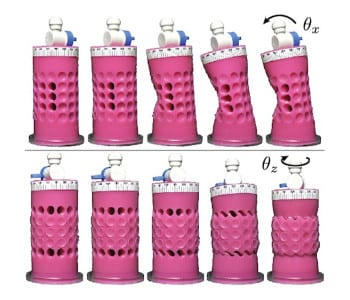
A new class of soft actuators based on the auxetic behavior of patterned cylindrical shells containing a layout of voids that can be designed to reversibly achieve flexural or twisting motion is presented.
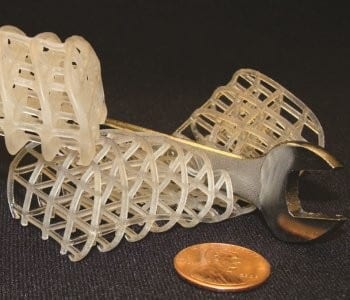
Nadia Cheng and colleagues present a novel thermally tunable composite that can achieve significant ranges of stiffness, strength, and volume.
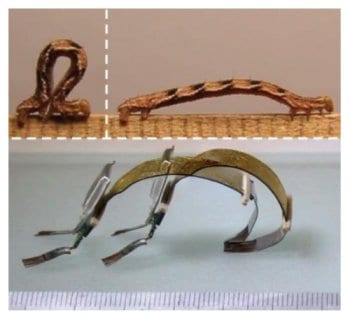
A soft laminate simultaneously functions as a high-efficiency bending actuator and a high-efficiency open-air supercapacitor.
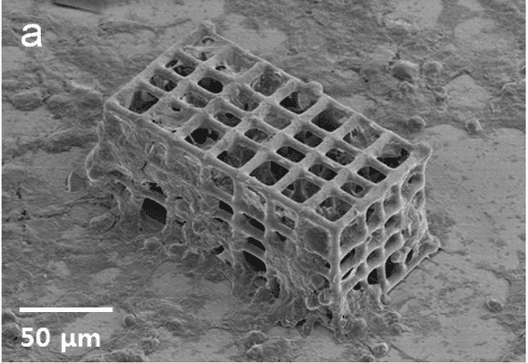
Microrobots offer huge potential in medicine, particularly in the field of drug delivery.